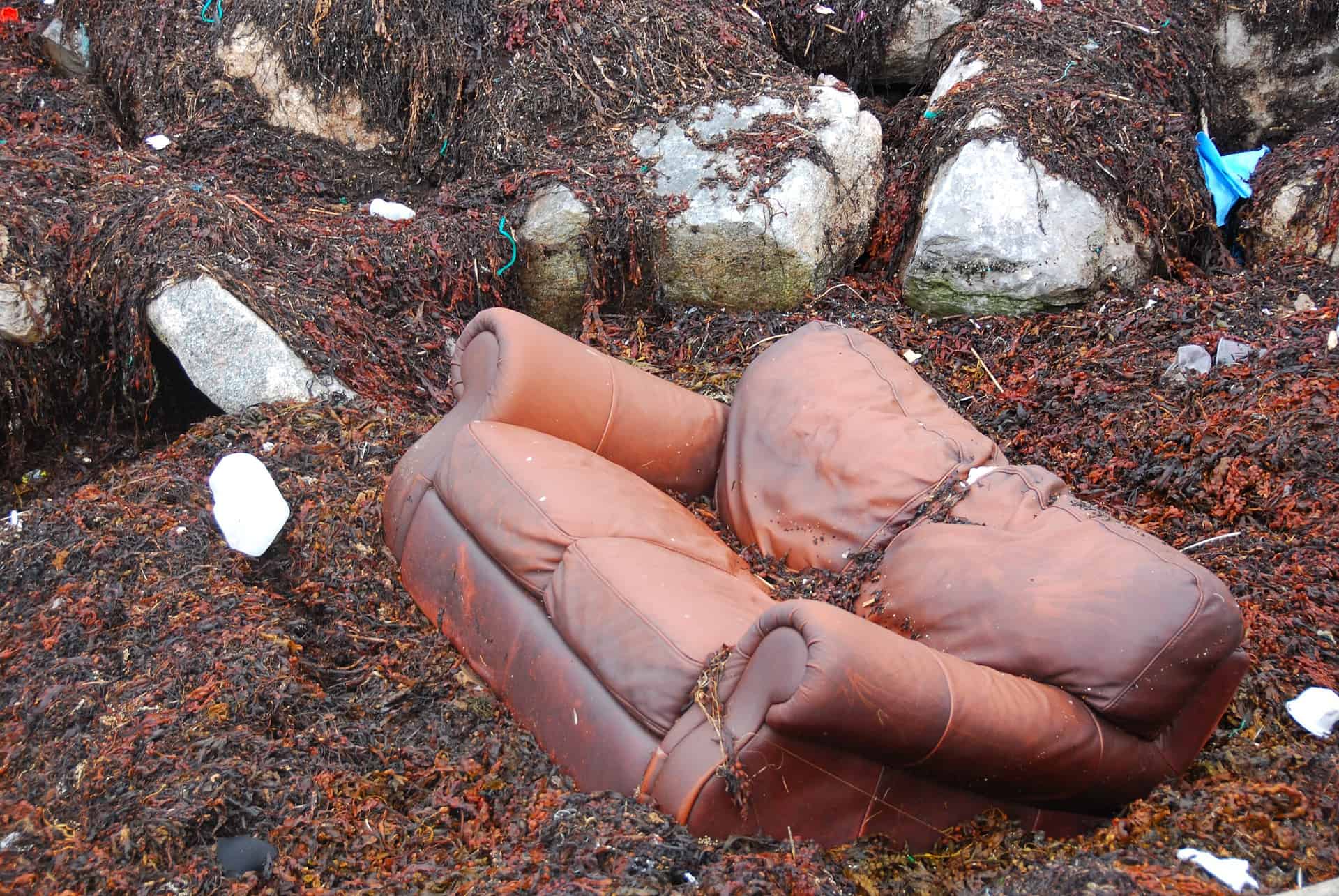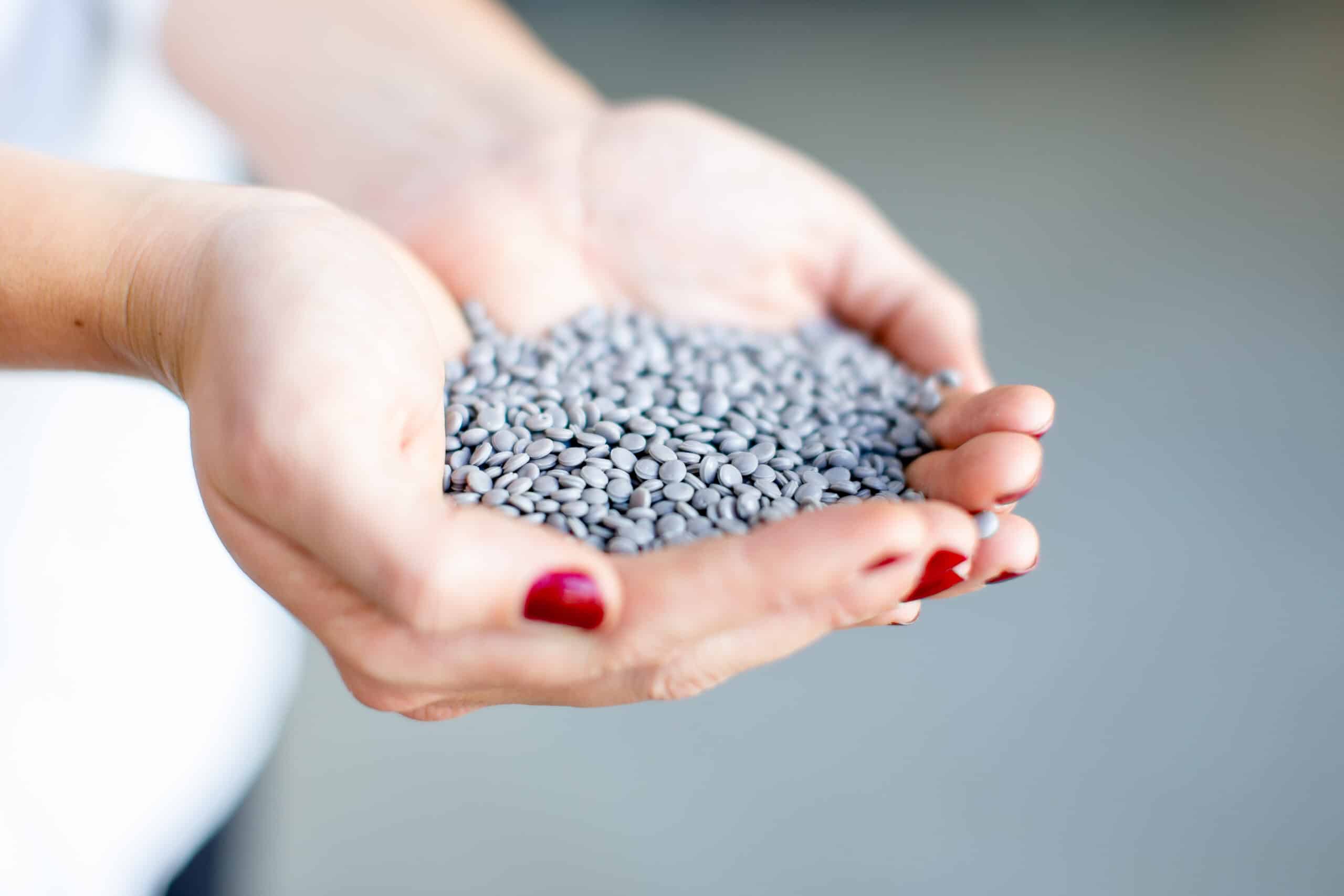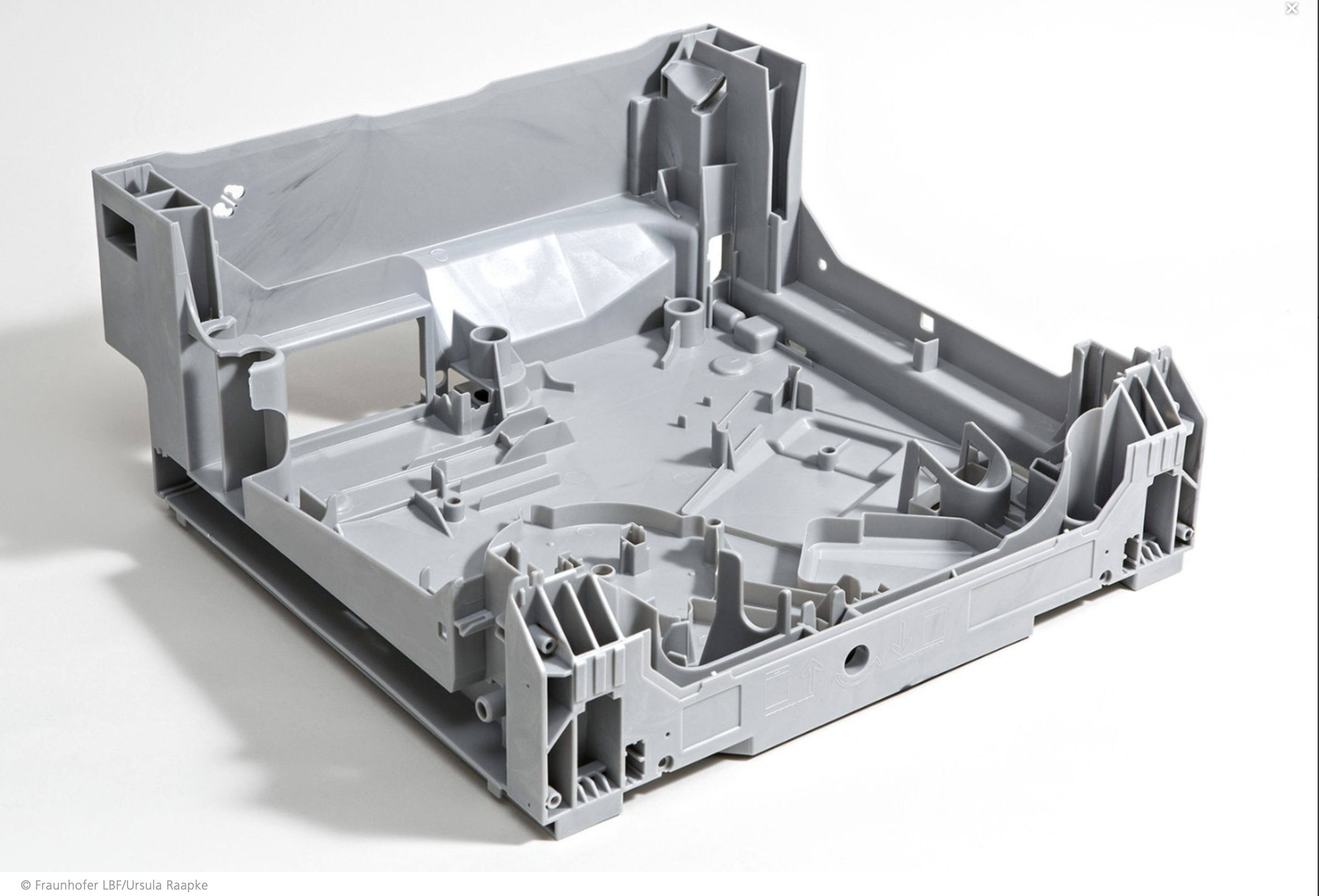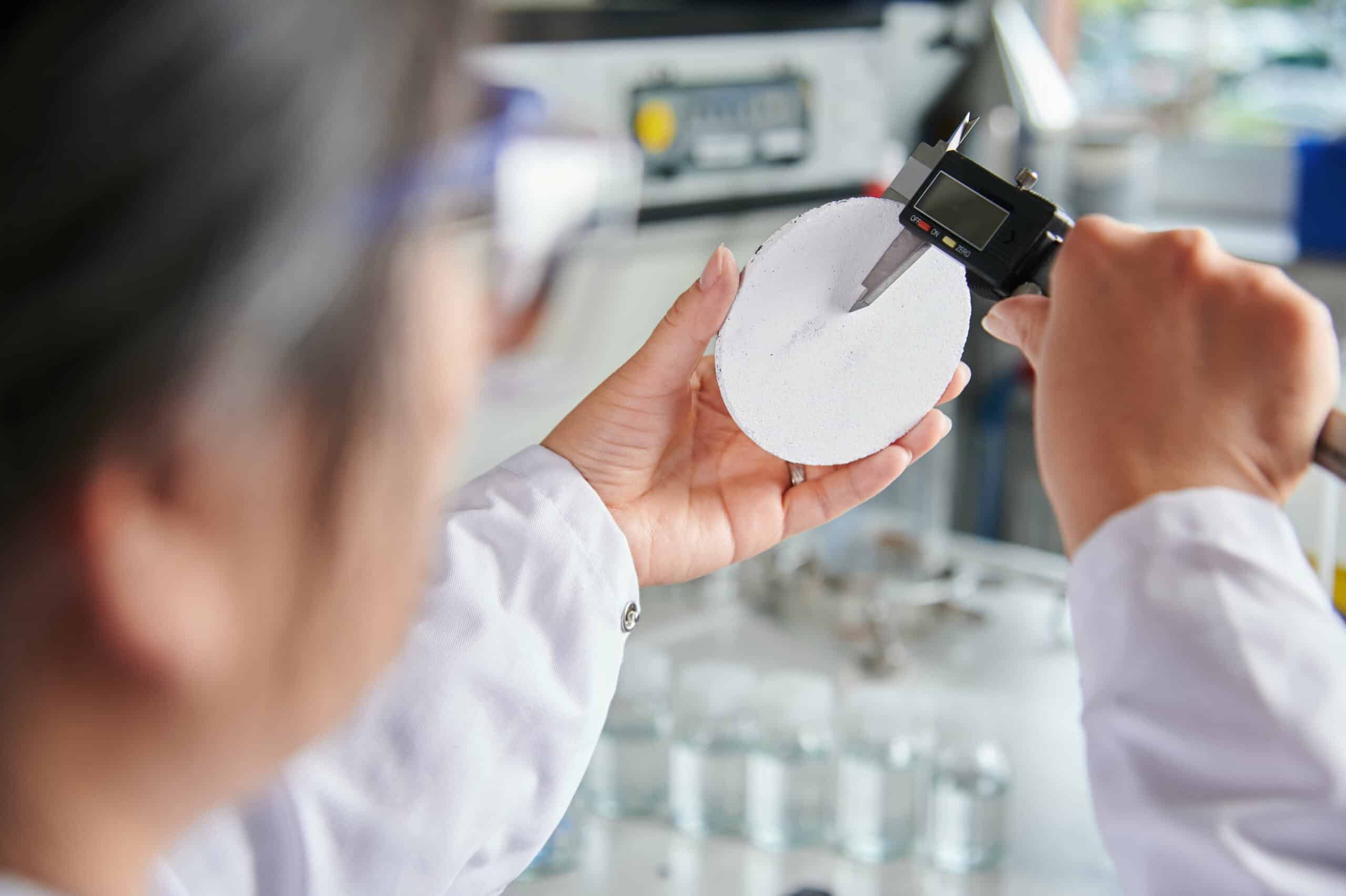
Beginning with Archimedes, the history of science is replete with eureka occasions. These are typically accompanied by surprise and exhilaration, as in the case of a group of Danish researchers. They have found a way to recycle polyurethane – PU. “We were extremely surprised that it was so simple to deconstruct such a highly engineered material. We didn’t expect that,” says Steffan Kvist Kristensen. He is an assistant professor at Aarhus University, Denmark, and part of the group that found a way to recycle PU by chemical means.
Polyurethane is a plastic material used to create many items in our daily lives. Mattresses are made from it, PU acts as an insulating material in refrigerators and windows, and can be as flexible as a shoe sole ought to be. Defined as an advanced plastic – it can be formulated into any compound and therefore wrought into countless shapes – it is a no-brainer option for a host of other uses. Made from crude oil, it relies on a finite resource and there is practically no way to depolymerize it – break it down.
While it may not seem straightforward to most of us, the chemistry to recycle PU was surprisingly simple for Danish scientists. Heating tertamyl alcohol to a temperature of 225 °C with caustic potash – the name for a class of minerals made up of potassium – in a vat then breaks down polyurethane. This combination enables a return to the starting point of PU synthesis. After cooking the material, the basic compounds – polyols and amine precursor – that form polyurethane are produced.
The Danish scientists, who are working with the RePURpose consortium, managed to break down 20 different kinds of polyurethanes – including shoes and foams – and patented the method.

Steffan Kvist Kristensen
Assistant professor at the Interdisciplinary Nanoscience Center (iNANO) at Aarhus University.
He holds a Ph.D. in catalysis and biomass conversion.
Polyurethanes unbreakability
Its high resistance is one of the main drawbacks in finding ways to reuse it. The chemical structure of polyurethane is comprised of strong bonds between the molecules that make it up. This means the resulting products are tough, but also more difficult to break.
“When I’m asked about the issues surrounding polyurethane recycling, I always take a water bottle as an example. It is made of thermal plastic material, meaning that you can melt and mold it to form new materials. PU is a thermoset plastic that doesn’t have a melting point. If you try to melt it down to a liquid, it will simply burn,” Kristensen explains.
Given this resistance, one of the main ways to reuse polyurethane is through mechanical recycling. This entails crushing the material into small pieces. The PU flakes that are produced this way can serve as filler in the construction industry or as a for underlay for a carpet. This method, like other less common solutions, has not yet caught on, as most of the polyurethane still ends up in landfills or is incinerated.
One discovery leads to another
The same Danish cohort tried several procedures before they made the breakthrough. Last year, the researchers broke down polyurethane by using iridium and manganese-based catalysts in combination with hydrogen. Although effective, however, neither option proved to be the method of choice.
“Iridium is too expensive. It wouldn’t be feasible on an industrial scale. Although it is more efficient, manganese does come with a lot of drawbacks. We thought we could break PU down in a simpler way,” Kristensen recalls.
Those experiments paved the way for the potash-based method. When metal catalysts were used, researchers noticed that another reaction was occurring in the background, which had to do with an alcohol solvent. Months of efforts went into finding the right temperature range and additives, and to make sure that the phenomenon wasn’t caused by some impurity of the material, eventually led to the method that they have now discovered. The alcohol-based solution proved to be as powerful as the metal-catalyzed one while being cheaper.

Too good to give up on
The world‘s economy is not about to give up on PU. The global polyurethanes market was estimated to be over 24 million tonnes in 2020, with forecasts suggesting an expansion up to 29 million tonnes in 2029. Rising demand from the construction industry (given its insulating qualities for the energy efficiency of buildings) and from the automotive sector are driving these trends. PU seems irreplaceable at the moment.
The material’s qualities are still unmatched – especially since it is cheap to make. Just to give an example, producing a kilogram of PU releases 3.5 kgs of CO2 into the atmosphere. Over fifty years, it is capable of absorbing a hundred times higher equivalent of carbon dioxide. A 1.6 cm-thick PU panel insulates as well as a 1.34-meter thick concrete wall. Discontinuing its use may not be feasible, but efficient polyurethane recycling methods can help change habits.

Well-defined waste streams
Even though it is easily done and it is also potentially suitable for industry, the entire recycling chain needs to be reconsidered. “What happens when PU is contaminated by other materials? Obtaining purer and more uniform streams of polyurethane helps to break down the material and recycle it further,” Kristensen says.
“Having a uniform waste stream of mattresses, for instance, would make it easier to recycle them into new ones. Products obtained from recycled PU would have the same characteristics as virgin raw materials. It becomes more complicated to get a uniform waste stream if there is a mix of different materials.”
In this context, any initiatives taken by municipalities – such as collecting old refrigerators – can help to close the circularity loop. Many solutions could improve waste streams. In a study conducted by Wageningen University, the Netherlands, scholars underlined how using the same kind of plastic for both bottles and caps would result in a purer and larger quality of recyclate.

Plastic problem is far from solved
The same paper pointed out that policy decisions taken by all chain parties – packaging firms, municipalities, and sorting and recycling companies – do have the power to foster circularity. Generally, proper recycling chain management, together with improved cooperation between all stakeholders involved, can make a difference. Something that Kristensen agrees wholeheartedly with.
“The issue of recycling plastic is not a problem that can only be solved by a single advancement in technology like the one we have achieved. All players must be in place or it will not be solved,” he says in conclusion.







